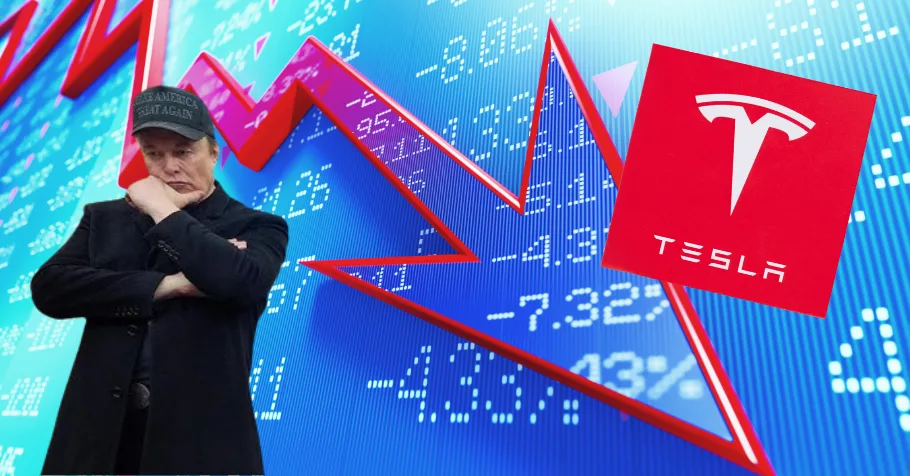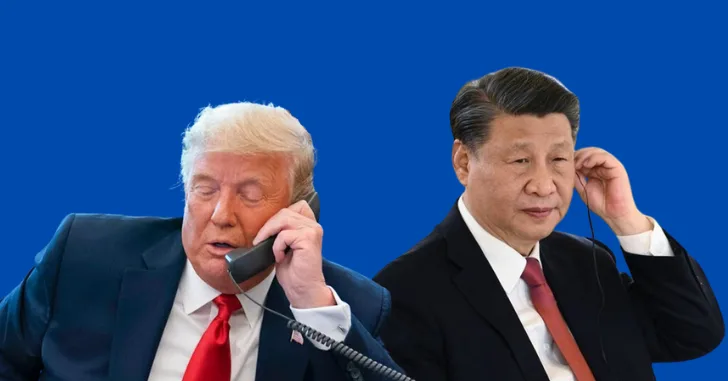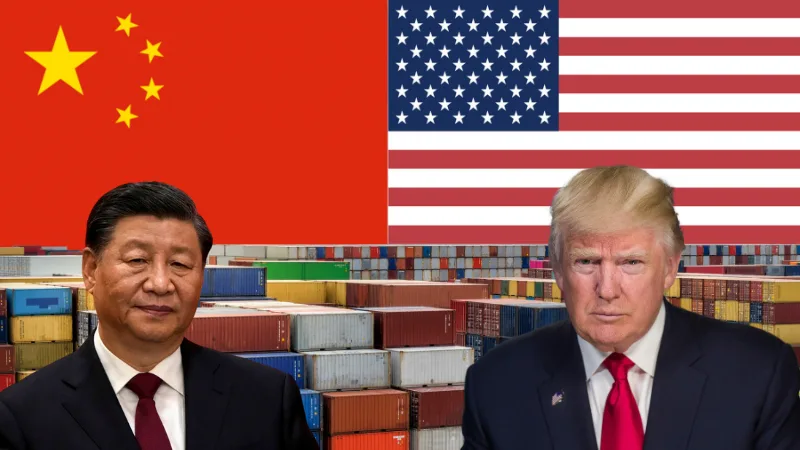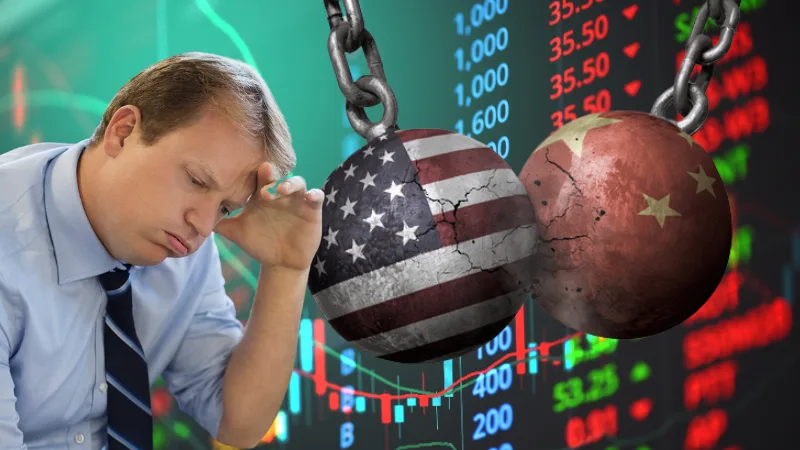When Elon Musk announced over Memorial Day weekend that he would be going “24/7” again and needed to be “super focused” on Tesla, the headlines buzzed. But behind the posts on X and bravado lies a stark business reality: Tesla is faltering in Europe, and it’s quickly losing ground to fierce competitors like BYD.
This renewed focus is more than just Musk being Musk. It’s a signal to investors that the company’s visionary CEO is waking up to growing red flags—plummeting sales, declining brand perception, intensifying global competition, and political fallout that’s starting to bite financially.
So, what exactly pushed Musk to recommit? And what should investors, analysts, and market watchers expect next?
The Sales Slump in Europe: A 53% Drop
In April 2025, Tesla’s vehicle registrations in the European Union fell a staggering 53% year-over-year, according to data from the European Automobile Manufacturers’ Association. That marks four straight months of declining sales across the continent—during a time when overall electric vehicle (EV) adoption is accelerating.
Even more painful for the Musk-led automaker? Overall battery-electric vehicle (BEV) registrations in the EU rose 34% during the same period. In other words, the market’s growing—and Tesla is shrinking within it.
In April alone:
- Tesla’s market share in the EU fell to 0.6%, down from 1.3% a year earlier.
- Chinese automaker BYD outsold Tesla in Europe for the first time, delivering 7,230 vehicles versus Tesla’s 7,165 (Business Insider).
This is a sobering blow. Europe has historically been one of Tesla’s strongest international markets—high-income, eco-conscious, and government-subsidized for EVs. Losing share there doesn’t just hurt revenue; it threatens the brand’s global dominance.
What’s Causing the Collapse?
1. Political Blowback in Europe
Elon Musk’s increasing political involvement—particularly his alignment with President Trump and his role in the Department of Government Efficiency (DOGE)—has backfired overseas.
Musk’s critics have staged protests across European capitals, calling for boycotts of Tesla vehicles. The company’s brand perception has cratered. According to the Guardian, Tesla dropped from #8 to #95 in brand rankings over just four years.
European consumers are sensitive to what they see as “anti-democratic” tendencies. Musk’s free-speech maximalism on X (formerly Twitter), his repeated attacks on regulators, and his close ties to conservative U.S. politics are proving toxic in liberal-leaning markets.
2. Aggressive Competition from BYD and Others
Chinese automakers like BYD are no longer just nipping at Tesla’s heels—they’re overtaking them.
BYD’s vehicles are often priced 10–20% lower than comparable Teslas, and they’re built locally in European facilities, avoiding tariffs. Their compact urban EVs appeal to European driving preferences, where size and efficiency beat flash and acceleration.
At the same time, European legacy automakers like Volkswagen and Renault have rapidly scaled up EV production, boosted by strong government incentives and green mandates.
Tesla’s once-wide lead in battery technology, production, and software integration is closing fast.
3. Customer Concerns and Product Fatigue
Beyond politics and competition, Tesla is grappling with product fatigue. The Model 3 and Model Y—which make up the vast majority of Tesla’s global sales—are aging. The Cybertruck, while flashy, hasn’t yet launched in European markets and isn’t well-suited to them anyway.
Meanwhile, quality control issues, lack of innovation in cabin design, and software update bugs have drawn growing criticism.
In a market flooded with fresh EV options, Tesla’s aging lineup is starting to look stale.
Musk’s Response: “I Must Be Super Focused”
In response to the turmoil, Elon Musk declared over the weekend that he will be returning to a “24/7” work schedule, personally overseeing major rollouts and tech initiatives.
“I must be super focused on Tesla, X, xAI, and SpaceX,” Musk said on X. “Will be sleeping at factories and launch facilities again. Gotta get it done.” (New York Post)
This came just days after a major service outage at X caused by a fire in an Oregon data center, highlighting issues with failover systems. But the timing—coinciding with weak Tesla earnings and EU sales data—wasn’t lost on analysts.
Elon Musk has also quietly pulled back from his role in the DOGE program, according to sources cited by The Washington Post. The message: he’s heard investors, and he’s prioritizing Tesla again.
Investor Takeaways: Why This Matters
1. Leadership Focus Is Good—but Late
Wall Street is cautiously optimistic. Dan Ives of Wedbush said he sees a “different Musk” returning—a more focused operator.
“The next 6–12 months are make-or-break for Tesla’s global strategy,” Ives said. “If they don’t regain ground in Europe, China will be next.”
Still, critics argue Musk should have shifted focus earlier. Tesla’s stock is down over 35% year-to-date, and Q1 2025 profits dropped 71% from a year ago. Many believe the damage may already be done.
2. Robotaxis and AI: Tesla’s Next Lifeline?
Despite the setbacks, Musk is betting on the long-promised robotaxi future to revive Tesla’s growth narrative. He announced that Tesla’s first commercial robotaxi fleet will launch in Austin, Texas, by June 2025, with hopes to expand into multiple U.S. and global cities by 2026.
Tesla also plans to ramp up production of its custom AI chips and Dojo training clusters to support Full Self-Driving (FSD) capabilities.
If successful, this pivot could transform Tesla into a transportation-as-a-service (TaaS) giant. But execution risks remain high.
3. Expect a Reset in Global Strategy
Tesla is already adjusting its pricing, cutting costs, and reevaluating factory expansions in Europe. A more humble and agile Tesla could emerge in 2026—if it survives this reset.
Crisis or Comeback?
Elon Musk’s renewed focus on Tesla is not a PR move. It’s a reaction to real, structural problems—some of which are self-inflicted.
European consumers are turning away. Chinese rivals are pulling ahead. Political entanglements are alienating global markets. And Tesla’s brand is eroding under the weight of controversy and underperformance.
But if history is any guide, this is exactly the kind of pressure cooker environment where Musk has surprised critics before. Whether that happens again will depend on Tesla’s ability to innovate fast, repair its image, and execute globally.
For investors, that means now is a time for vigilance, not blind faith.
Recommended Actions for Investors:
- Watch EU and China sales data: Any turnaround will show up in international registration figures before earnings reports.
- Track robotaxi progress: Delays or safety issues could crater Tesla’s next growth narrative.
- Monitor Musk’s commitments: If he drifts again—politically or corporately—investor trust may not return a second time.
- Evaluate exposure: Tesla remains a volatile stock. Consider hedging if you’re overexposed in the EV or AI sector.





